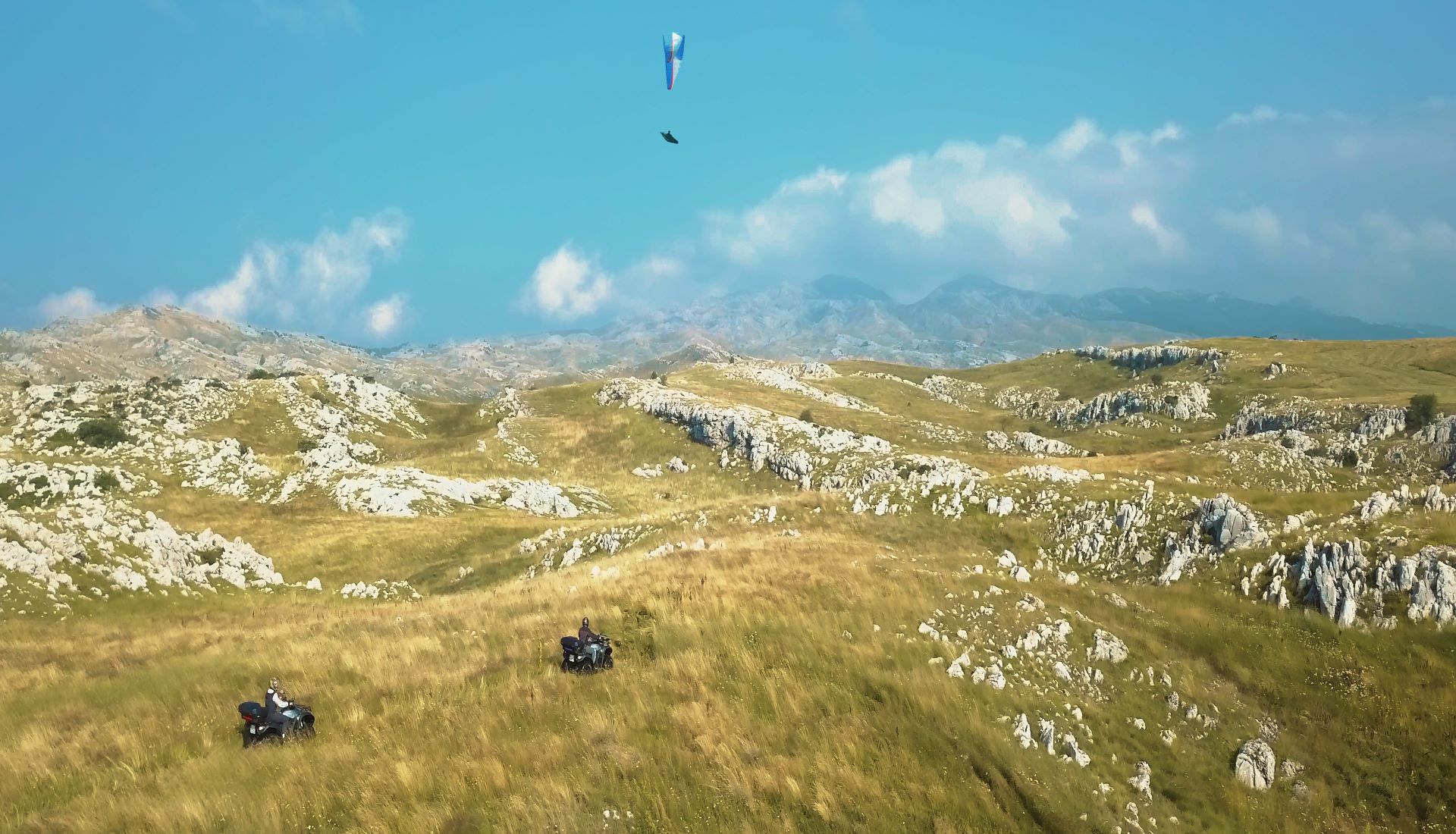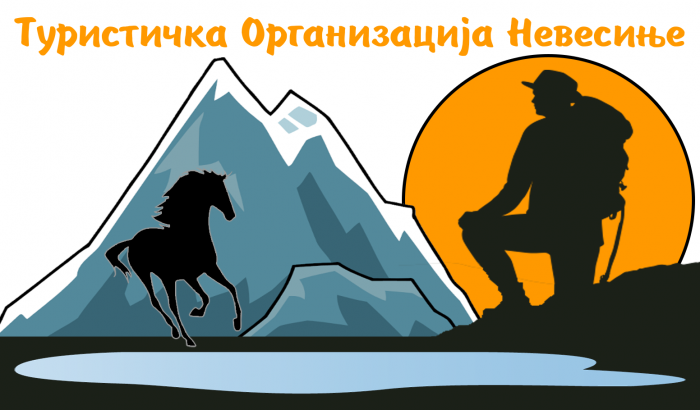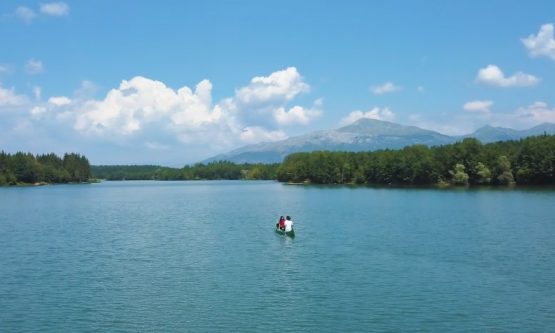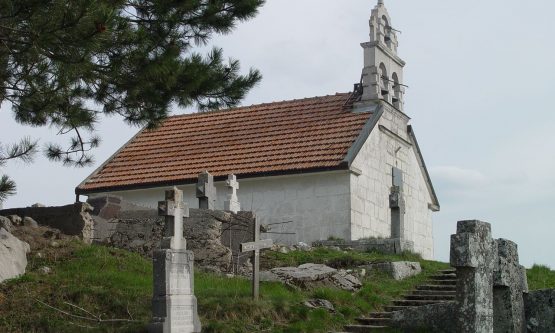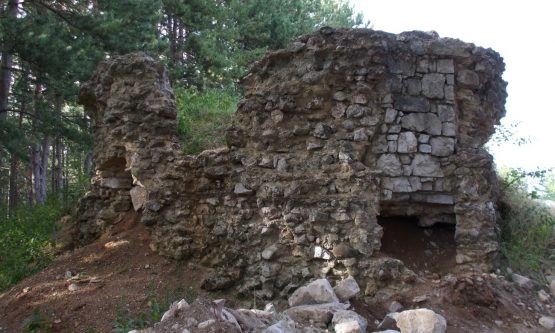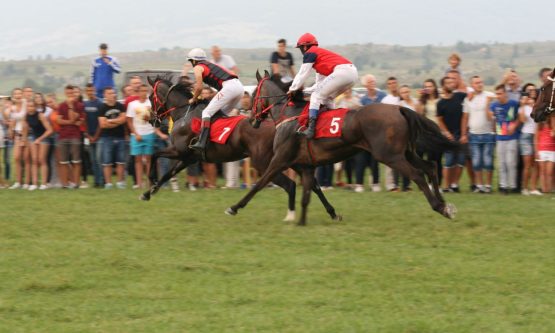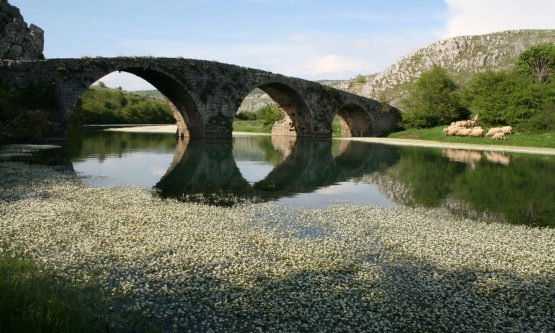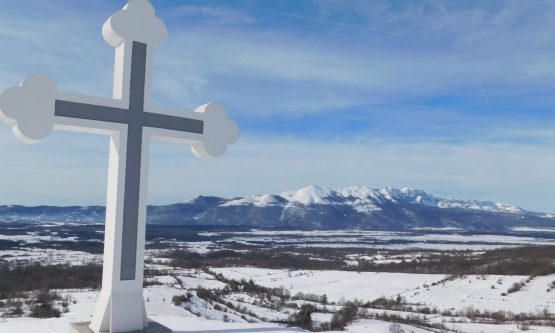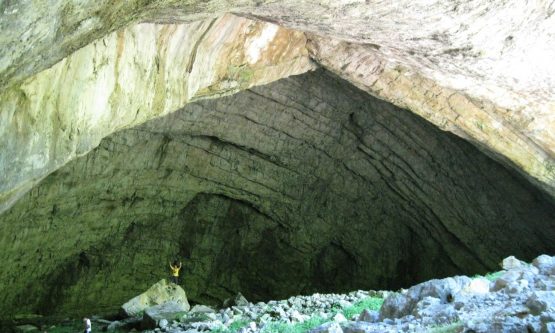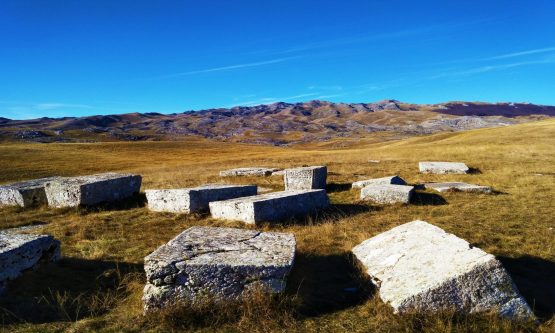Welcome to Nevesinje
With its area of more 900 square kilometers, Nevesinje is the third largest municipality in Republic of Srpska. It is located in the southeast of the country, in East Herzegovina.
Nevesinje – a historical place of rich and stormy past. Legend has it that it was named after Latin words neue signe, meaning snowy desert.
A special type of that binds continental and mediterranean weather, making summers pleasant and winters idyllic with snow. Average altitude of 860m provides Nevesinje with quality air and reputation of a clean air resort. The greatest Herzegovinian poet Aleksa Santic had a summer house in village Bojista, 2,5km north of the town, where he wrote many of his poems such as “Oh, Wheat of Mine” and “Stay Here”. There is also historical evidence that Austro-Hungarians used to send their exhausted officers to Nevesinje for rest, rehabilitation and better blood count.
The municipality is predominantly rural. The economy is mostly comprised of agriculture and cattle breeding, so the food processing is still natural and organic. This is, along with the unspoiled nature, beautiful landscapes, flora and fauna, one of the preconditions for the development of almost all tourism branches (ecological, rural, winter, hunting, fishing, sports and recreational).
.
Culture
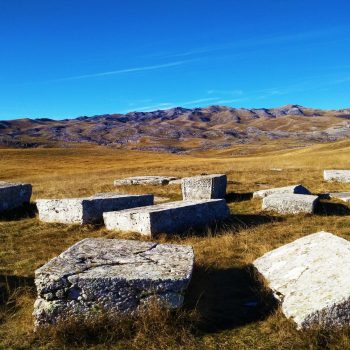
Nevesinje is a municipality with the largest number of stecak tombstones found in Yugoslavia, therefore in the world. Up to now, around 3000 of them have been classified, which one stecak tombstone on every 5 inhabitants. The largest stecak necropolis is in Mijatovci village on the Kalufi locality, with 462 tombstones. Out of that number, there are 305 headstones, 144 coffins and 3 clay tiles. 44 items are decorated.
The watch tower is the most important monument from the Ottoman period. That building is a landmark of both old and new Nevesinje. It was built in the old city core. The exact costruction date is not determined, but we know it was built before 1665, which makes it one of the oldest structures of this type in the country.
Bridge Ocviji brod on Zalomka river is located in village Bratac, 13km east of Nevesinje. The bridge we see today was built during the Ottomans, but most likely there was a bridge here during the Romans too, because a well-preserved Roman road leads directly to it. This important cultural-historical gem has been enlisted as a national monument and is under protection.
Nature
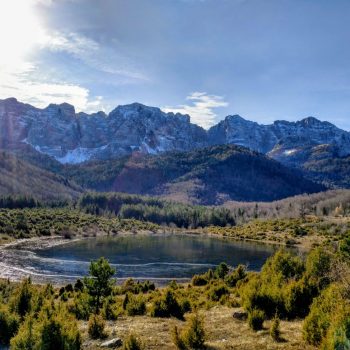
Nevesinje municipality is a high karst area, where all sorts of karst phenomena can be seen, such as limestone pavements, sinkholes, caves, subterranean rivers and other geomorphological formations typical for the Nevesinje karst field. Especially beautiful are regionals parks (nature parks) in mountains Velez, Bjelasnica and Crvnja, subterranean river Zalomka, lake Alagovac, mountain plateau Morine, getaways Grabik and Bukovik and unexplored caves in villages Balabani and Basini.
Natural beauty of this municipality is suitable for sport, recreation, hunting, fishing, alpinism and mountaineering.
Alagovac is an artificial lake 4km away to the north of Nevesinje, in the foothill of Velez. The lake has a rich fish fund, especially carp.
Adventure
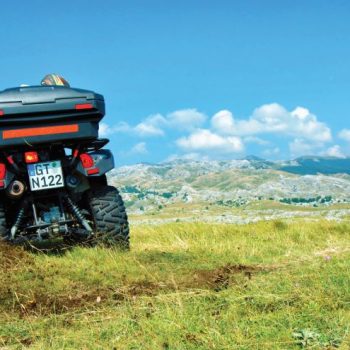
NOA Morine provides all nature lovers with an opportunity to experience the unique beauty of Herzegovina in a special way. With quads, cross bikes and offroad SUVs, you can turn the visit to Herzegovina into an adventure.
Gastro
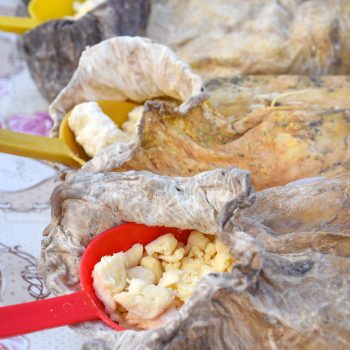
When it comes to gastronomy specialties, the most recognizable of them are Nevesinje potato and cheese kept in goat or sheep skin (mijeh).
According to Dubrovnik archives, this type of cheese originates all the way back to 14th century. This type of cheese production is a characteristic of the entire Dinara area, but it is most common here. Cattle breeders leave for katuns in the summer where milk products are conserved during the hot summer days by producing cheese in this way.
Famous for its quality, Nevesinje potato was the first branded product in Republic of Srpska. Its certificate of geographical origin assures better product placement and price, but also confirms its multiple-decade growing tradition, quality and characteristics that are specific for Neveinje.
Kaluf stecak tombstones
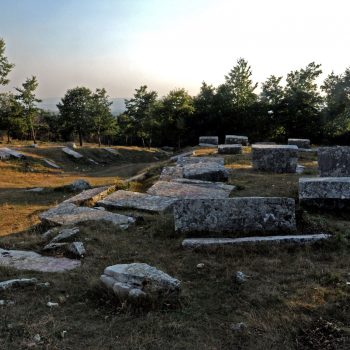
UNESCO heritage – the largest stecak tombstones necropolis is in village Mijatovci on Kalufi locality. There are 462 tombstones here. Out of that number, there are 305 headstones, 144 coffins and 3 clay tiles. 44 items are decorated. Its area is around 18000 square meters. The stones are made out of high quality limestone, most of them in regular shapes. There are primarily west-east oriented. This necropolis is similar to other ones in the municipality area.
Plateau Morine
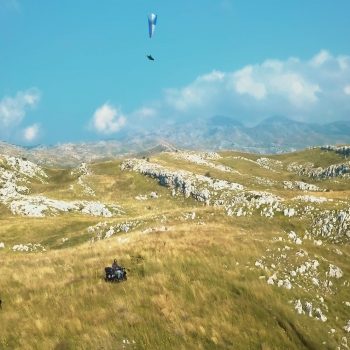 Morine is a plateau in East Herzegovina, popularly called “European Tibet”. Among other things, this plateau is also famous for its “Wedding Guests Graveyard”. According to the legend, in 18th century the wedding guests of the famous bey family Lukisic from Mostar were killed here. Hence the name “Wedding Guests Graveyard”. Headstones that are lying scattered on both sides of the road remind everyone of this sorrowful event.
Morine is a plateau in East Herzegovina, popularly called “European Tibet”. Among other things, this plateau is also famous for its “Wedding Guests Graveyard”. According to the legend, in 18th century the wedding guests of the famous bey family Lukisic from Mostar were killed here. Hence the name “Wedding Guests Graveyard”. Headstones that are lying scattered on both sides of the road remind everyone of this sorrowful event.
Offroad tours with SUVs, quads, buggies and cross bikes into unspoiled nature of Herzegovina. With NOA Morne you can experience professional and individual adventures. Either with family or as solo enthusiasts, you can explore the nature and cultural-religious tourism in a special way.
Bridge Ovciji brod
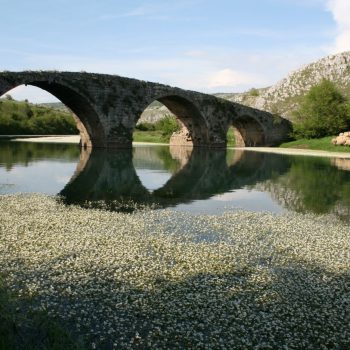
Bridge Ovciji brod – this is the oldest bridge on Zalomka river. Located in village Bratac, 13km east of Nevesinje. The bridge we see today was built during the Ottomans, but most likely there was a bridge here during the Romans too, because a well-preserved Roman road leads directly to it. Although a legend says the bridge was built by bey Ljubovic’s widow (17th century), archaeological evidence suggests it was most likely built in the beginning of 18th century, during sultan Mahmud II (1730-1754). It is entirely made of stone. Its length is 35m and it is 3m wide. The bridge was named by sheep keepers (Sheep Bridge) because they crossed it on their way to mountain pastures. This important cultural-historical gem has been enlisted as a national monument and is under protection.
Lake Alagovac
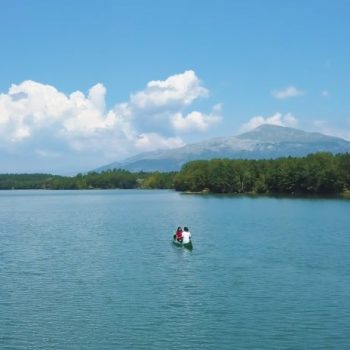
Alagovac is an artificial lake, located under Velez mountain. It was made together with the dam in 1968, which controlled water drainage to Zdrijelo pit. This is the largest lake in Nevesinje valley. Its surface area is around 40ha with a rich fish fund, especially carp, grass carp, perch, minnow and catfish. Depending on the season, both tourists and local people can enjoy in camping, swimming, rowing and fishing.
Cave Novakusa
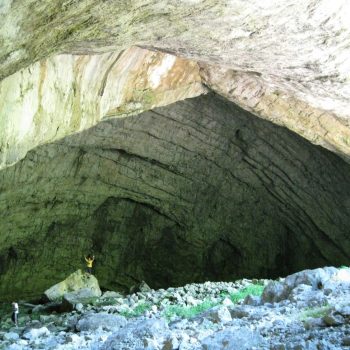
This is a natural monument, hajduk Starina Novak’s cave “Novakusa”. Despite its grandness and close proximity of only 50m to the main Nevesinje-Mostar road, the cave isn’t researched enough, neither by speleologists nor by tourists. What makes it special is that it is located on the bottom of a stone amphitheater with vertical walls that are up to 100m tall in some places. Its entrance itself is monumental in size, 70m wide and 20m tall. After the entrance there is a huge hall, much wider and taller than the opening itself. There are many vertical and horizontal corridors leading to and from the hall. One of them leads to a smaller hall, which is said to be Starina Novak’s room. There is a stone bed in it, supposedly used by the hajduk for rest. The cave offers a charming variety of karst elements, and its authenticity lies in the wild beauty that leaves you with eternal impressions of this unforgettable experience.
Watch (Sahat) tower
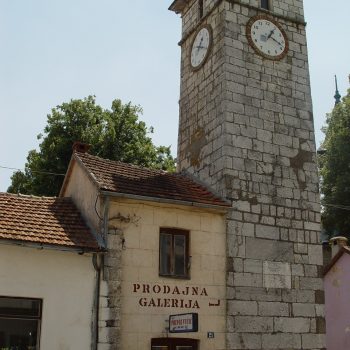 Sahat-tower is the most important monument from the Ottoman period. Built in the very town core, it is a recognizable building that connects both old and new Nevesinje. The exact construction date is unknown, but it had existed prior to 1665, which makes it one of the oldest buildings of this type in B&H.
Sahat-tower is the most important monument from the Ottoman period. Built in the very town core, it is a recognizable building that connects both old and new Nevesinje. The exact construction date is unknown, but it had existed prior to 1665, which makes it one of the oldest buildings of this type in B&H.
Velez mountain
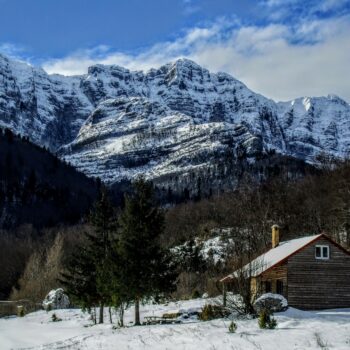 Mountain Velez, with its 1969m peak Botin is the biggest mountain in the Nevesinje municipality. The northeast side of the mountain is attractive because its steep slopes of 300 and 400m, glacier traces, abundant vegetation, glacial lakes and many underground karst formations (pits and caves). This mountain has a rich animal population too – bear, wolf, fox, deer, boar and very rare species of chamois.
Mountain Velez, with its 1969m peak Botin is the biggest mountain in the Nevesinje municipality. The northeast side of the mountain is attractive because its steep slopes of 300 and 400m, glacier traces, abundant vegetation, glacial lakes and many underground karst formations (pits and caves). This mountain has a rich animal population too – bear, wolf, fox, deer, boar and very rare species of chamois.


